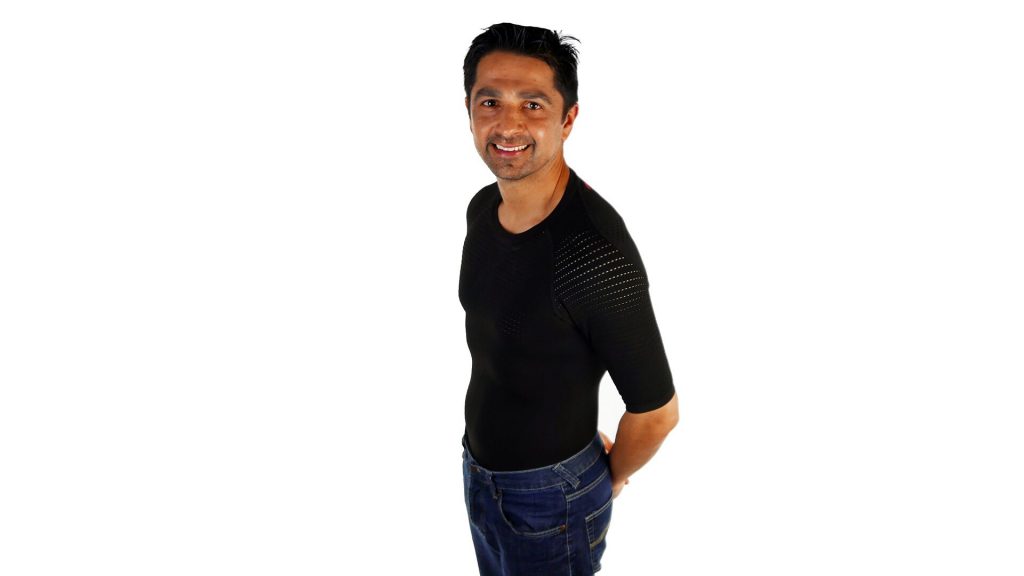OK that’s the simple questions out of the way, I am going to ask you some of my burning performance questions that I haven’t been able to get a straightforward answer for elsewhere!
Where are you on disc brake bikes? Are they the future?
Some people are going to hate this answer! Disc brake bikes are just better overall than non-disc for almost all types of cycling. The advantages for safety and confidence so massively outweigh any slight disadvantages. The aero penalty is really minimal as is the weight issue. What I don’t like is that I have about 10 non-disc wheelsets which will soon be redundant! I think the argument is effectively over and disc brakes will soon be the only bikes sold within 3 years. If you want a more detailed aero vs weight savings answer watch my video on this topic!
Is there a secret to finding more speed in triathlons?
Yes, there is! This is a big one but in non-draft legal events like Kona it turns out the 12meter draft rule does not actually work to stop the drafting effect. We have worked this out carefully and let me give you an example of a cyclist who is cycling Kona at 250w. 250w solo is 250w but 250w 12m behind another cyclist at 40kph is really like 270w solo. So the biggest secret in aero is that even in non-draft triathlon, it is highly beneficial to ride JUST at the legal distance (12m) not 15m not 20m. so the secret is drafting is allowed (at 12m) even if draft illegal events. Just watch the footage of Patrick Lange in 2018 Kona!
When is a full disc wheel eg Zipp Super 9 better than a deep section alternative like the Zipp 808?
OK this is really easy. A disc wheel is always faster than a non-disc for every rider on anything that is not a big climb where the average speed is more than 15kph. Recently Enve launched their Enve 7.8 SES Disc and claimed a disc is not faster if your speed is less than 43 km/h. Believe me this is nonsense. A disc is always more aero and it is more aero for fast riders and slow riders. Here is an example. Take two riders outputting 250w & 350w over half ironman 90km. How much does a trispoke front and full disc rear save over a 40mm deep generic carbon racing wheels, at exactly the same weight? Its about 4.3mins saving @250w over the 90km on the triathlon bike and 3.9mins saving @350w. The slower rider actually benefits more! However, if its windy then you might choose a deep 64mm or 50mm section wheels purely for safety.
What are the main gains in the drivetrain and how much does chain tension effect drivetrain losses ?
The number one source of loss is the chain. We have worked this out very carefully and made a calculator which is coming out soon (preview here). A typical road cyclist will have drivetrain losses of about 15w of which their chain is 13w (85%) of losses. There are lots of lubes and oils that will help but the big one is immersion in a paraffin wax bath which is really not that difficult.
Yes, chain tension has a fairly big effect both generated by the rider (watts) and also RD spring. If you lower the spring tension you will see gains over 3 to 8 watts but at some point the shifting suffers. If you buy an aftermarket RD cage they let you adjust the tension.
Does the pedal and shoe make a difference to pedal stroke and inertia?
The pedal does make a difference to aero drag (eg speedplay aero) as does the shoe, that why we sometimes use aero shoe covers. But not much in terms of mass and inertia. Ok there is a theoretical effect but rotational weight effects appear to be only 2% in total of energy requirements of riding and further a 100g saving between two types of shoe might be 0.2% of the total energy needs. Bottom line is no real difference for inertia but yes a difference in aero.
Regarding clothing. How long should sleeves and socks be?
Haha, have you been following the UCI recent super strict regulations on sock height? Basically for speed, they should both be as long as possible and very tight (slim) fitting. The ideal would be long sleeve aero suit with long legs into the shoe and shoe covers. However, this looks odd to many cyclists outside of winter and further is illegal in UCI events. There is another angle to this too, safety. Cyclists wear the most ridiculous thin clothing and gloves and as a result sustain horrible road rash. I should know it has happened to me. Some manufacturers are starting to release anti-skid clothing on contact points (hips/elbows/shoulders) which I think is way overdue. Cyclist still love their traditional clothing however and as a result keep getting unnecessary injuries!
Alex, thanks again! It was very useful.
Let me remind a link to your YouTube channel.

